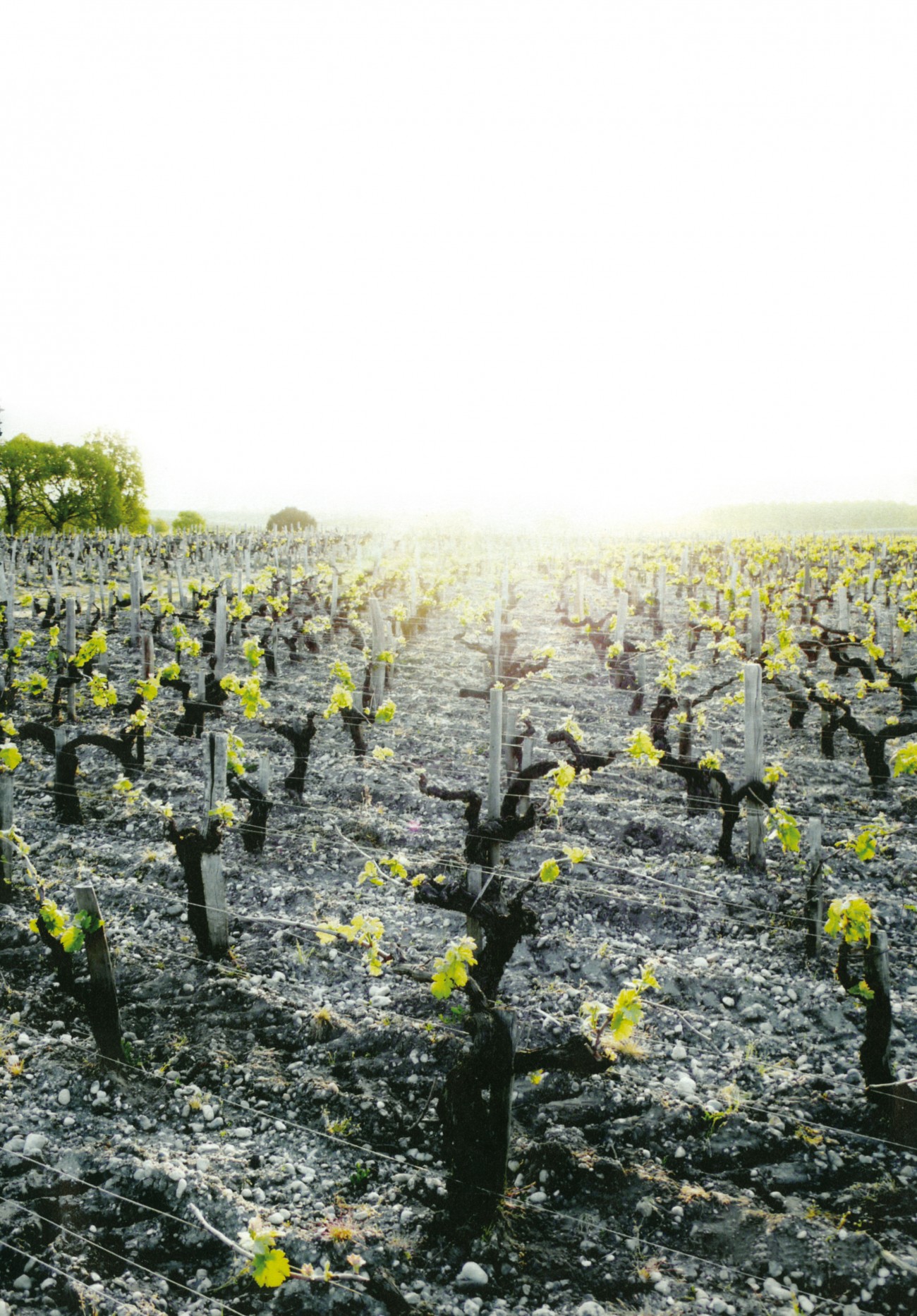“Edamus, Bibamus, Gaudeamus.”
Here they are, as islands lost in the vastness of the P Valley, suddenly, as if they want to interrupt the monotony of the surrounding land. And it is exactly like that that the Euganean Hills were born: during the Eocene, to which followed the Oligocene, several submarine eruptions with the effusion of basalt lava gave origin to viscous magmas that later solidified and stratified and led to the formation of trachyte deposits that formed the Euganean Hills. 80% of the Euganean Hills Park surface is covered by farmed land: vines already known during the Iron Age and olive trees present since the Roman times are the typical plants of the Euganean Hills. Among the environments dominating the Euganean Hills’ world of vegetation, we can distinguish a thick Mediterranean Scrub mainly located in areas exposed to the south, which are particularly dry.
The land is rich in plants and shrubs typical of the grounds mitigated by the sea’s influence, such as Heather, Strawberry-tree, Broom and Holm-oak. Like the Mediterranean Scrub, oak forests also prefer the dry areas exposed to the South and touched by the sun where the soil depth is quite moderate; on the contrary, chestnut forests are more concentrated in the northern lands where humidity is higher and the soil is deeper. The Euganean Hills are known for their natural beauties and for the healing properties of their thermal sources. Scientific studies on the thermal waters of the Euganean Hills have excluded the volcanic origins of the water and have confirmed their meteoric nature; according to this theory, rainwater flows underground for a long tract and gets enriched with mineral salts and radioactive components that give it the healing characteristics suitable for preventive, therapeutic and rehabilitative purposes.

